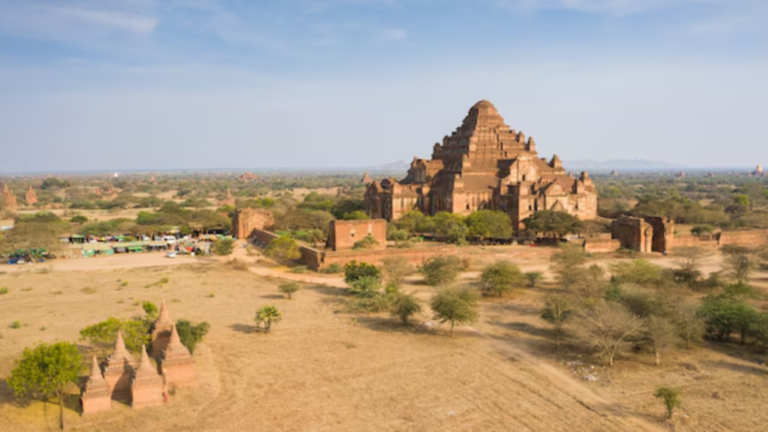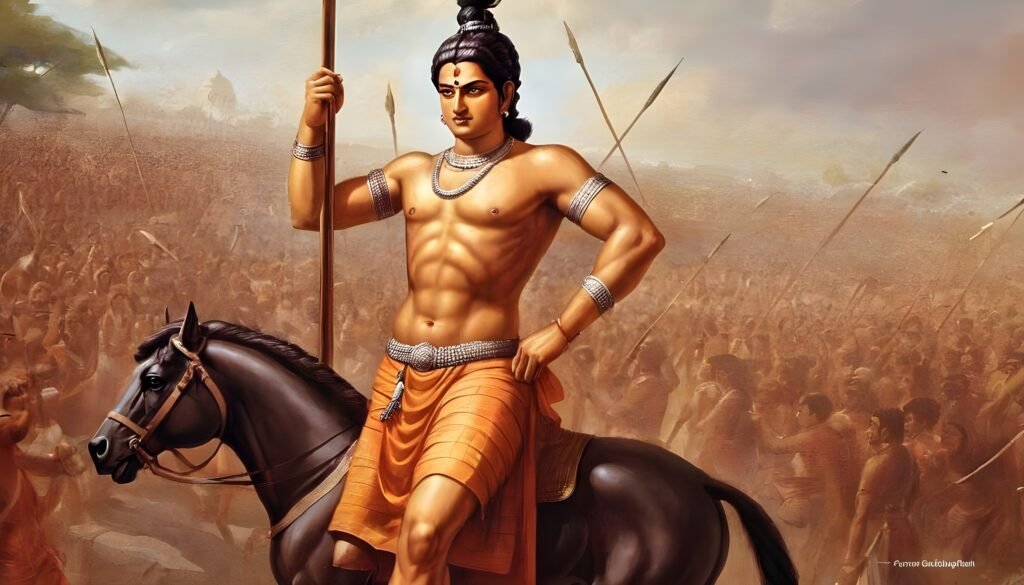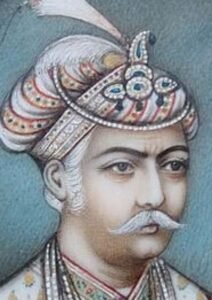
Rajasthan, known as the “Land of Kings”, is a historically and culturally important state of India. The region has witnessed various civilizations, dynasties and cultures from ancient times to modern times. , The history of Rajasthan is full of bravery, valor, and cultural heritage. Its history is mainly linked to the Rajputs, their princely states, and the wars fought for their independence.
Ancient history

The ancient history of Rajasthan is linked to the Indus Valley Civilization (circa 3300-1300 BC). The remains of this civilization have been found in Kalibanga (in Hanumangarh district) of Rajasthan, which show the rich civilization and culture of that time. Apart from this, Matsya Janapada (in Mahabharata period) was also in Alwar and Bharatpur regions of Rajasthan. Matsya kingdom is also considered to be the shelter of Pandavas when they were hiding during their exile.
Maurya and Gupta Empire
In the 4th century BCE, Rajasthan came under the Maurya Empire. Emperor Ashoka propagated Buddhism here, and many Buddhist stupas and inscriptions have been found in the area. During the time of the Gupta Empire (circa 4th-6th century), various parts of Rajasthan were ruled by their feudal lords.

Rajput period (7th century to 13th century)
The rule of Rajputs has been very important in the history of Rajasthan. Rajput dynasties emerged in the 7th century. The major Rajput dynasties in Rajasthan were the Guhil dynasty (Mewar), the Chauhan dynasty (Ajmer and Delhi), the Rathore dynasty (Marwar), and the Bhati dynasty (Jaisalmer).
Guhil Dynasty (Mewar): The founder of this dynasty is believed to be Bappa Rawal, who ruled Mewar (Chittorgarh) in the 8th century. Maharana Pratap of Mewar was the most famous warrior of this dynasty, who fought the Battle of Haldighati against the Mughal emperor Akbar.
Chauhan Dynasty (Ajmer and Delhi): King Prithviraj Chauhan of the Chauhan dynasty ruled Delhi and Ajmer in the 12th century. He fought two wars with Mohammad Ghori, in which he won the first war, but was defeated in the second war (Second Battle of Tarain, 1192 AD).
Rathore Dynasty (Marwar): The main center of this dynasty was Jodhpur. The Rathore dynasty strengthened the power of the Rajputs for a long time and developed Jodhpur as a prosperous state.
Bhati Dynasty (Jaisalmer): This dynasty ruled in the desert region of Jaisalmer. The rulers of this dynasty built the Jaisalmer Fort, which is still the pride of Rajasthan.
Muslim Invasions and Mughal Period
During the 12th and 13th centuries, many Rajput states of Rajasthan faced Muslim invasions. After the defeat of Prithviraj Chauhan in 1192 AD, the Delhi Sultanate occupied many parts of Rajasthan. During Akbar’s reign, most Rajput rulers signed treaties with the Mughals and became their subordinates. Notably, Maharaja Man Singh, the king of Amer, was one of Akbar’s nine jewels. However, some Rajput kings, such as Maharana Pratap, continued to struggle against the Mughals and defended independence.

Maratha and British Period
After the weakening of the Mughal Empire in the 18th century, the Rajput states of Rajasthan faced invasions by the Marathas. The Marathas invaded Rajasthan several times and collected taxes from here. Later, in the 19th century, the British East India Company signed treaties with the Rajput states of Rajasthan and annexed them to the British Empire. Although the Rajput kings were allowed to maintain their internal autonomy, they became subordinate to the British rule.
Freedom struggle and modern Rajasthan
During British rule, Rajasthan was divided into many small princely states. Many leaders and revolutionaries from Rajasthan participated in India’s freedom struggle.
After India’s independence in 1947, the princely states of Rajasthan were unified. With the efforts of Sardar Vallabhbhai Patel and V.P. Menon, 22 princely states of Rajasthan were merged to form a unified state. Rajasthan officially came into existence on 30 March 1949, and Jaipur was made its capital.
Cultural heritage of Rajasthan
The culture of Rajasthan is famous for its valor, folk art, music, and architecture. The forts, palaces, and temples here such as:
Amer Fort (Jaipur)
Mehrangarh Fort (Jodhpur)
Chittorgarh Fort
Jaisalmer Fort
Kumbhalgarh Fort (second largest wall in the world)
These give a glimpse of architecture and history. Rajasthan’s Thar Desert, its folk dances (Goomar, Kalbelia), and music are also its cultural identity.
Conclusion
The history of Rajasthan is a symbol of valor, culture, and struggles. The Rajput rulers here fought against the Mughals, Marathas, and the British and protected their independence and honor. Today Rajasthan is famous for its unique heritage and cultural splendor.
